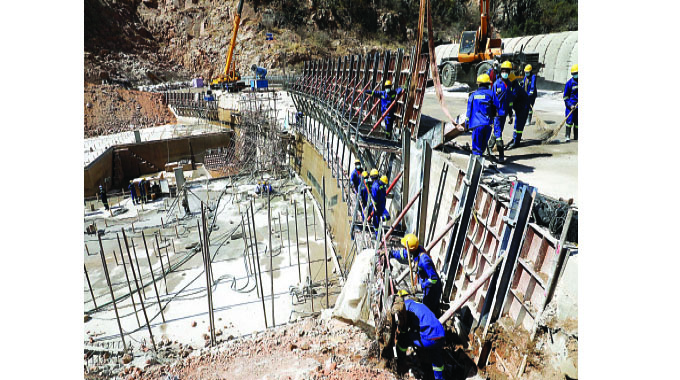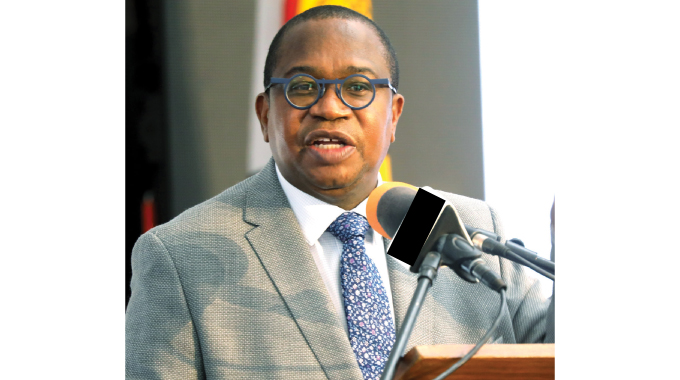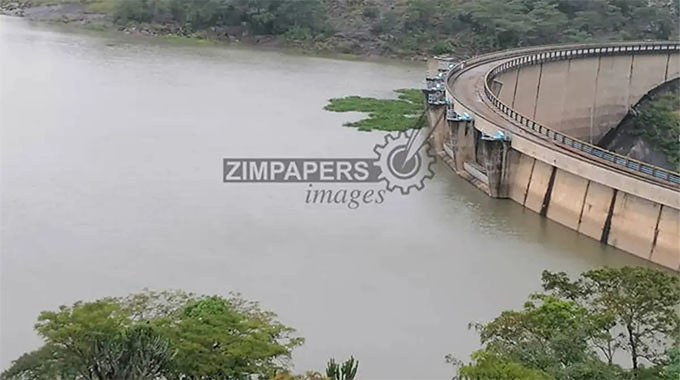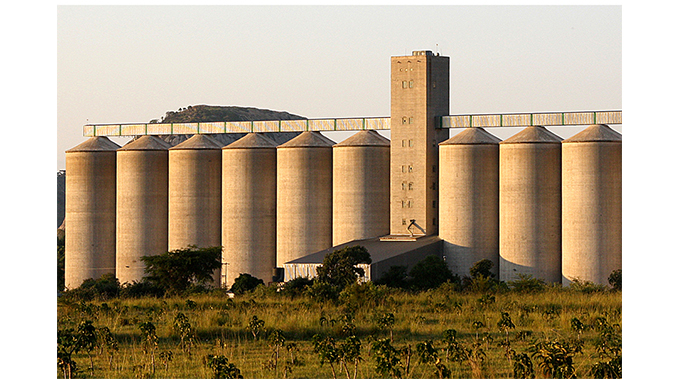$100 billion for agriculture, dam building projects

Mashudu Netsianda, Senior Reporter
THE Treasury has allocated an additional $100, 7 billion for maize procurement and preparations for the forthcoming agriculture season including speeding up the construction of several dam projects across the country.
As of Monday, the country’s grain stocks stood at 450 407 metric tonnes, comprising 393 183 tonnes of maize and 57 223 metric tonnes of traditional grains.
In view of climate-change induced shocks, the Government has accelerated climate-proofing agriculture both at household and commercial levels as part of efforts to achieve food security and key industrial supplies.
The Covid-19 pandemic, coupled with the disruption of global commodity supply chains linked to geo-political developments principally in major input and crop supply regions, have all heightened the need for Zimbabwe to attain its own seed, food, feed, fibre, bio-oils and bio-fuels security.
Presenting his 2022 Mid-Term Monetary Policy Statement in Parliament yesterday, Finance and Economic Development Minister, Professor Mthuli Ncube, said the additional funding in the revised 2022 budget is meant to meet increased operational costs, the wage bill and identified projects and programmes under the Ministry of Lands, Agriculture, Water, Climate and Rural Resettlement.

Professor Mthuli Ncube
Consistent with Section 305(5) of the Constitution, the additional expenditures, which are largely financed by expected additional revenues require approval of Parliament through a Supplementary Budget.
“With the revised 2022 National Budget, Ministries of Lands, Agriculture, Water, Climate and Rural Resettlement and Primary and Secondary Education top the list with an additional $100,7 billion and $103,9 billion, respectively,” said Prof Ncube.
“On agriculture, the resources are earmarked for grain procurement, preparations for the forthcoming season and dam construction.
“For the rest of the votes, the additional funding is meant to meet increased operational costs, the wage bill and identified projects and programmes.”

Construction work at Lake Gwayi-Shangani
Among the major projects that are receiving the attention of Treasury in Matabeleland under the agriculture sector is the Lake Gwayi-Shangani construction, a major component of the National Matabeleland Zambezi Water Project, Ziminya and Mbada (Silverstroom) Dams in Matabeleland North and the Tuli-Manyange Dam in Gwanda District, Matabeleland South
In the 2022 National Budget, which Prof Ncube announced in November last year, the Gwayi- Shangani pipeline got $3,6 billion for the establishment of the engineer’s camp and commencement of construction works. Teams are already on the ground excavating and laying the 245km Gwayi-Shangani-Bulawayo pipeline.
Lake Gwayi-Shangani construction is expected to provide a permanent water solution for Bulawayo and Matabeleland region.
The lake is the third largest water body in the country after Lake Mutirikwi and Tugwi-Mukosi and the project is already employing 500 locals while more will be employed when contractors scale up the laying of the 245km Gwayi-Shangani-Bulawayo pipeline.

Lake Mutirikwi
The completion of the massive project is expected to transform lives in Matabeleland through the establishment of a 10 000-hectare irrigation belt along the pipeline to Bulawayo.
Tuli-Manyange Dam was allocated $3,5 billion for site establishment, foundation excavations, grouting, backfilling to river bed level and construction of saddle dams and main dam embankment.
Ziminya Dam was allocated $1,5 billion for completion of site establishment, foundation excavations and backfilling of foundation to original river bed level.
Mbada (Silverstroom) got $400 million for completion of site establishment and foundation excavations as well as construction of main dam, outlet works and raw water pipeline.
The Second Republic has made significant progress in revitalising irrigation schemes to ensure food security.
Government is also targeting to rehabilitate and develop 350 000 hectares of land by 2025 across the country to safeguard the country against the negative effects of climate change and ensure food security
According to the latest Zimbabwe Vulnerability Assessment Committee (ZimVac) 2022 Rural Livelihoods Assessment, functional irrigation schemes in the country jumped from 25 percent last year to 50 percent this year.
Out of 397 irrigation schemes that were sampled across the country, 202 were functional while 82 were non-functional and 113 were partially functional.
Working with various partners, the Government is rehabilitating irrigation schemes that have been lying idle across the country and establishing new ones in order to improve food and nutrition security and ensure attainment of Vision 2030.
A number of irrigation schemes that had been lying idle have been revived while some that were being underutilised have been capacitated and expanded. Government has also rolled out various agricultural schemes meant to transform subsistence agriculture at household level into commercial agriculture.
Managers have also been deployed to irrigation schemes across the country to maximise production thereby ensuring food security and nutrition. A number of parastatals including the Grain Marketing Board, the Agricultural Rural Development Authority (Arda) and Agribank have been restructured to increase agricultural productivity.

Grain Marketing Board (GMB)
The Ministry of Lands, Agriculture, Fisheries, Water and Rural Resettlement has also come up with eight Presidential Inputs schemes meant to leave no village or household behind.
The schemes are the Presidential Inputs Scheme, the Presidential Cotton Scheme, the Presidential Blitz Tick Grease, Presidential Rural Horticulture Scheme, Presidential Community Fisheries Scheme, Presidential Rural Poultry Scheme, the Presidential Grain Protectant Scheme and the Presidential Rural Goat Pass-on Scheme. Over 11 million people have been empowered through the Presidential Inputs Scheme to ensure the attainment of an upper middle-income economy by 2030. –@mashnets











Comments